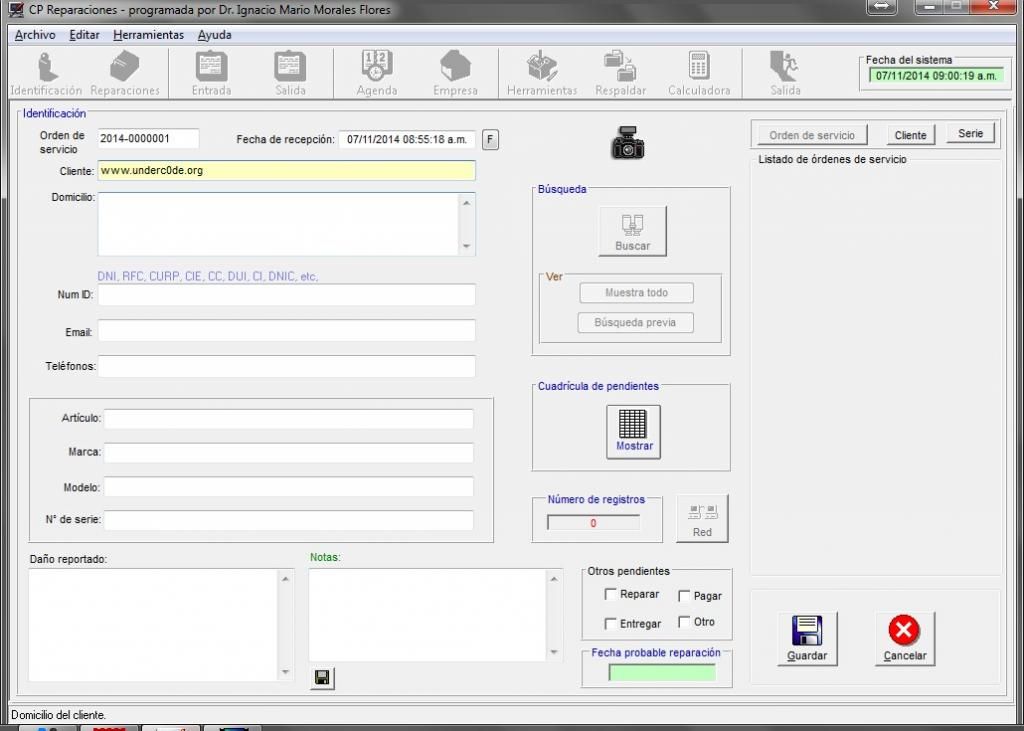Hola, que tal comunidad. Recién me tope con un error al activar un Sistema Operativo Windows 7 64 Bits SP1, que no levantaba el servicio "Temas" o "Themes" desde services.msc


Para solucionar el problema, ejecutar lo siguiente en una ventana del símbolo del sistema con privilegios de administrador (Inicio, escribir CMD y Ctrl+Mayús+Intro o clic derecho y Ejecutar como administrador):
sc qc themes
Así vemos si la configuración de dependencias está vacía, como debería ser, o contiene algún elemento sospechoso (iThemes5 en esta ocasión).
sc config themes depend= ""
De este modo se elimina la entrada de dependencias del servicio Temas. El signo igual (=) debe estar pegado a la palabra depend y llevar un espacio detrás para separarlo de las comillas.
sc start themes o bien net start themes
Arrancamos el servicio sin tener que reiniciar Windows.
Saludos.


Para solucionar el problema, ejecutar lo siguiente en una ventana del símbolo del sistema con privilegios de administrador (Inicio, escribir CMD y Ctrl+Mayús+Intro o clic derecho y Ejecutar como administrador):
sc qc themes
Así vemos si la configuración de dependencias está vacía, como debería ser, o contiene algún elemento sospechoso (iThemes5 en esta ocasión).
sc config themes depend= ""
De este modo se elimina la entrada de dependencias del servicio Temas. El signo igual (=) debe estar pegado a la palabra depend y llevar un espacio detrás para separarlo de las comillas.
sc start themes o bien net start themes
Arrancamos el servicio sin tener que reiniciar Windows.
Saludos.






